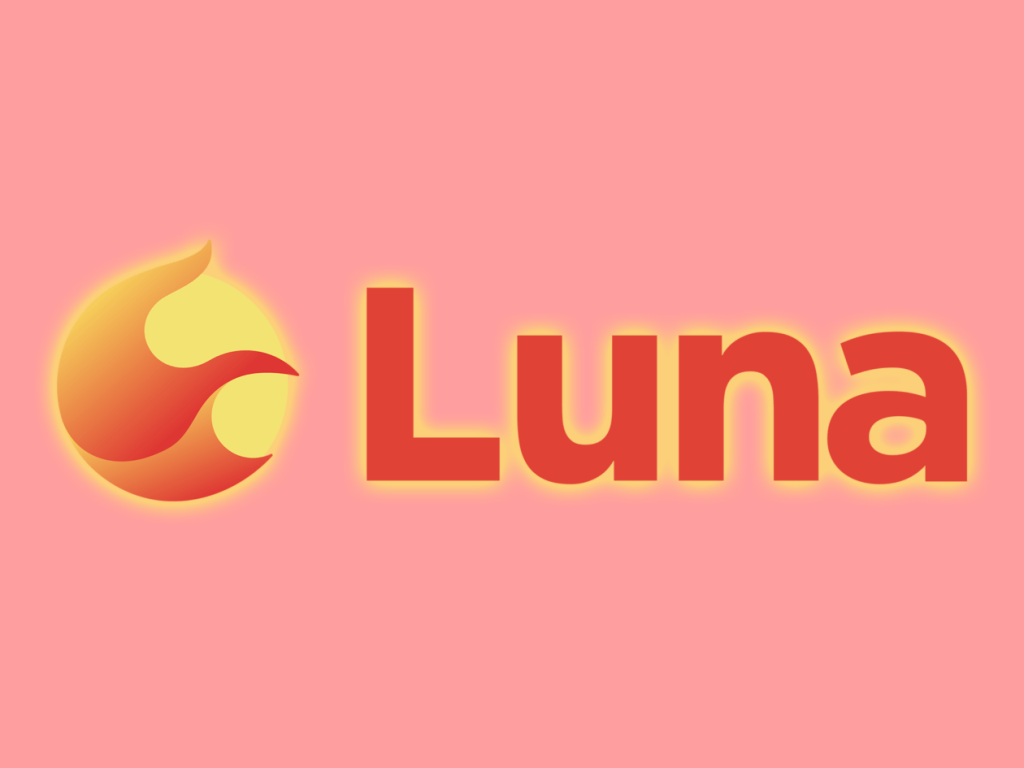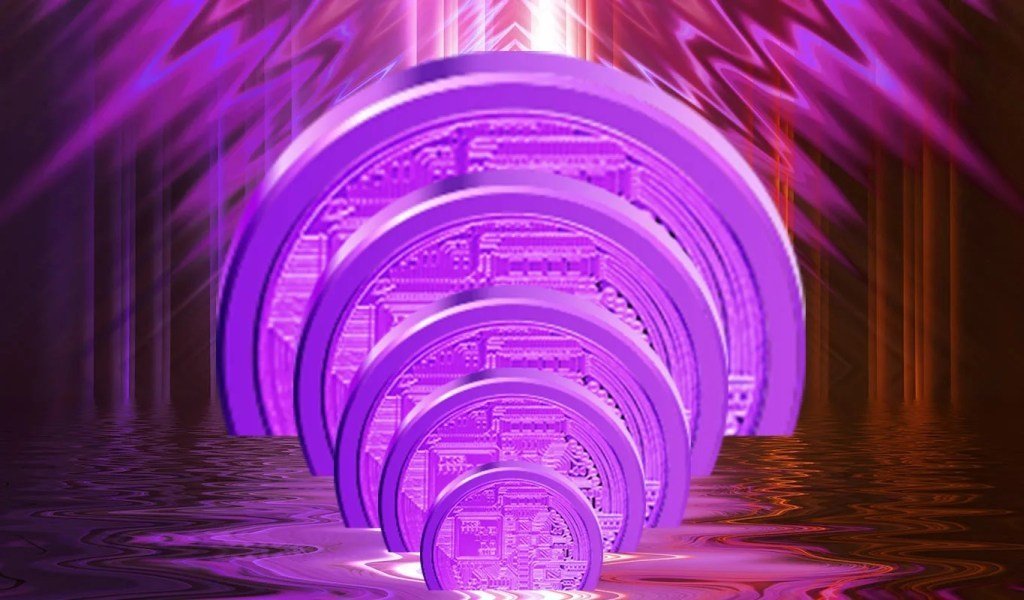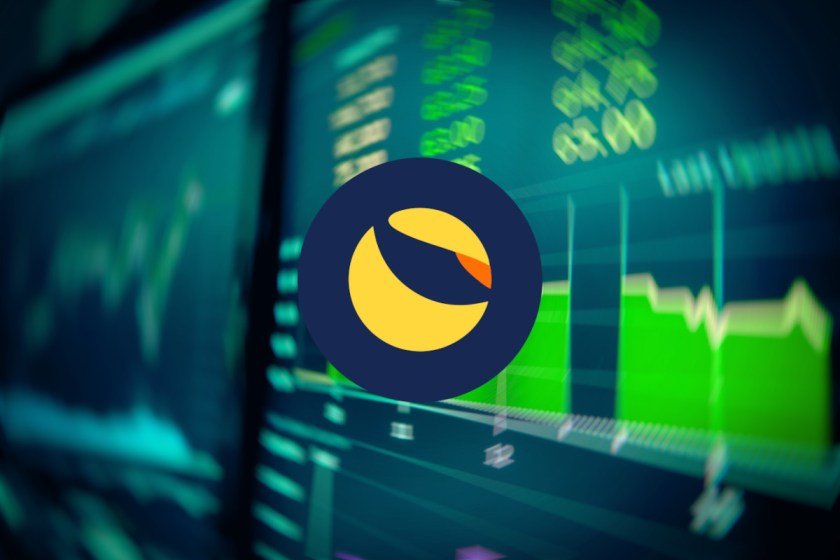In May, the collapse of one of the most popular US dollar-pegged stablecoin projects cost investors tens of billions of dollars, which some are pulling out in panic compared to a bank run. But before that, the stablecoin known as TerraUSD (UST) and its sister token, LUNA, had been on a pretty spectacular rise. Some investors predicting a decline in the coin sold before the sad price movements. So who were they?
A brief summary of the Terra events
Venture capital firm Pantera Capital said it has generated a 100x return on its $1.7 million investment in LUNA. Winklevoss-backed CMCC Global did not share its full earnings, but CMCC informed CNBC that it closed its LUNA position in March. Terra’s plan, as we reported on cryptokoin.com, was based heavily on faith and the promise of future returns, as well as a complex set of codes with very little cash to support the entire arrangement.

It depended on computer code to self-stabilize its value, creating and destroying the UST and LUNA with a kind of supply-demand effect. It worked for a while. The UST held the dollar rate and the LUNA token rose. The LUNA token rose more than 135 percent in less than two months, hitting over $116 in April. Traders were able to arbitrage in the system and profit from deviations in the price of the two tokens.
But perhaps the biggest incentive of the entire plan was a lending platform called Anchor, which promised investors an annual return of 20 percent on UST assets. Widespread participation and public PSAs from reputable financial institutions gave credibility to the project, further reinforcing the narrative that everything is legal. Most people were happy until everything collapsed in early May. Some considered suicide because of their losses, while others made a profit by selling early.
Those who sold LUNA before the crash made huge profits
Among the winners of the UST flash crash is Pantera Capital, a hedge fund with a 100x return on investment. Joey Krug, the fund’s chief investment officer, said that in the primary fund in which they hold and trade LUNA, they sold about 87 percent of their positions from January 2021 to April 2022. Pantera later sold another 8 percent in May. This last sale took place when the UST’s divergence from the dollar became clear. In the end, Krug says, Pantera’s position remains at about 5 percent. All this liquidation turned into a $171 million return on the initial investment of $1.7 million, assuming the rest of the LUNA they owned was worth nothing.

Even while selling funds, Pantera Capital CEO Dan Morehead held a meeting in December 2021 to talk about the top altcoin picks featuring Terra Blockchain2’s LUNA token. had joined the program. At that time, LUNA had increased more than 15,800 percent in 2021. Morehead on LUNA, “We think it’s one of the most promising coins for the year ahead. A lot of people are just discovering and just starting to trade,” he said.
However, Krug says the firm’s initial liquidation decision depends on risk management and rebalancing the fund. “Behind 2022 and most of what we sold over 2021 was simple risk management,” Krug said. “It continued to become a larger and larger part of the fund, and so we had to give up because you couldn’t really manage a liquid hedge fund where a position was such a large part of the fund.” When Pantera noticed that UST broke $1 in May, it sold again.
One of the first LUNA investors also sold
Hong Kong-based venture firm CMCC Global was one of Terraform’s first seed investors in early 2018. CMCC Founder Martin Baumann said he divested his stake in March amid concerns over ongoing due diligence. The decision to sell was partly related to the technology behind UST, but his main concern was more about regulation. “Unlike asset-backed stablecoins, which are derivatives of the current USD in circulation, the UST was effectively increasing the money supply of the current USD,” Baumann said.

Baumann continued, “While it is an interesting concept, we thought regulators would not tolerate tampering with the USD money supply.” The rapid growth of the UST has fueled CMCC’s concerns. When CMCC was sold, the LUNA token was trading at around $100. When asked about the profit from that sale, Baumann said the firm did not comment on the returns or performance of individual investments. Crypto-centric venture fund Hack VC reportedly exited LUNA stock in December.
CNBC reached out to Hack VC partner Rodney Yesep, but did not respond to our request for comment on the profitability of this sale. Yesep said in a recent interview on the DeFi Decoding Podcast that they were seed investors at a time when Terra “was” “like a different entity.”
“Lunatic” Mike Novogratz’s company also sold
Then there’s Galaxy Digital, the crypto merchant bank founded by billionaire investor Mike Novogratz. In its first-quarter earnings filing, Galaxy said LUNA sales were the largest contributor to its $355 million net income in digital assets. Other big backers of Terraform Labs have included some of the biggest names in venture capital, including Lightspeed Venture Partners and Coinbase Ventures. Three Arrows Capital and Jump Crypto had bought the LUNA token. It is not known how these companies acted.

Finally, Delphi Digital announced that it is “currently sitting on top of a huge unrealized loss” after miscalculating the risk of a death spiral event occurring, and reports Seoul-based Hashed Ventures 3, It shows that he lost over $5 billion.







